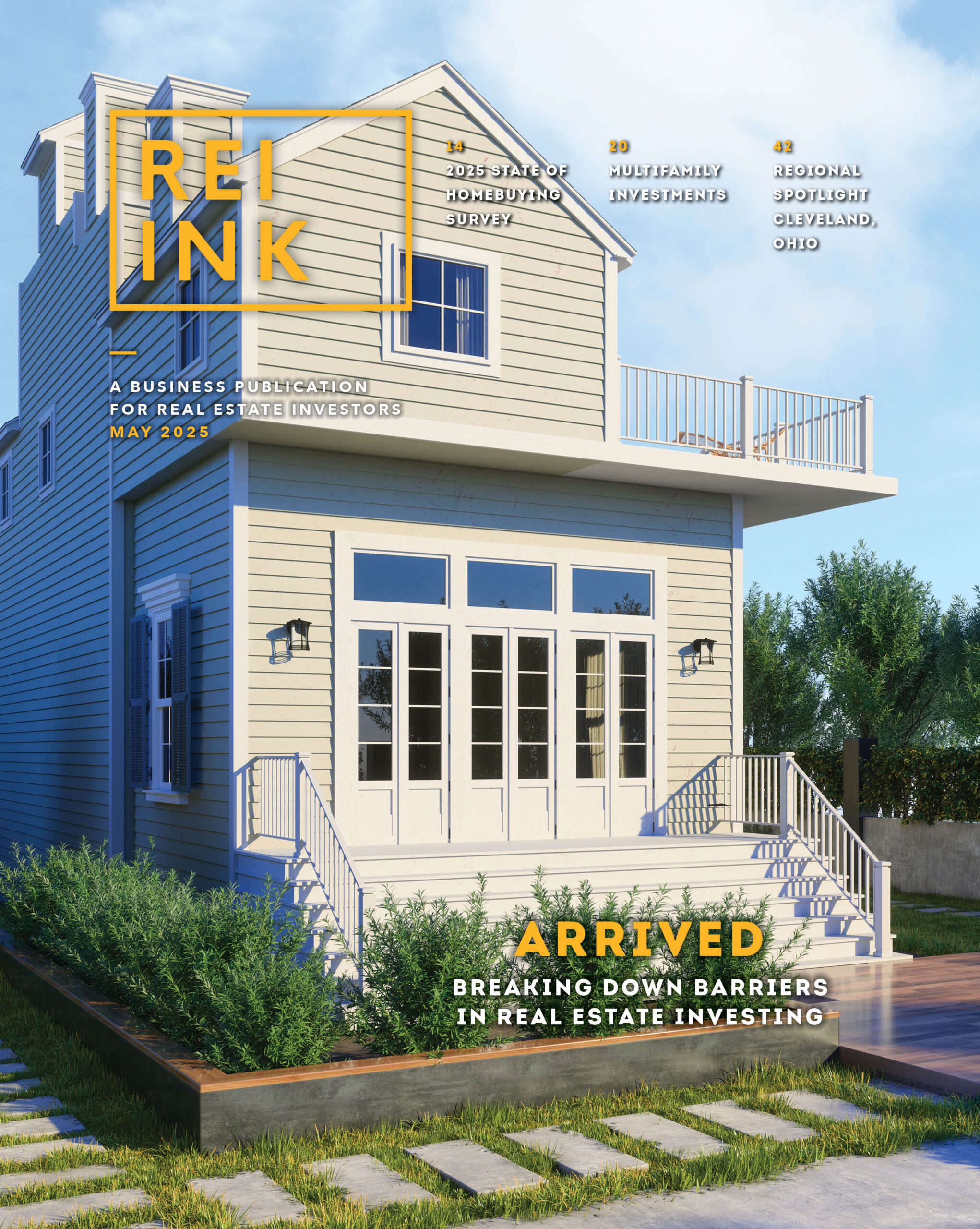The Power of Analytics in Real Estate Investing
In this episode of Uncontested Investing, I sit down with Sean Morgan, CEO of Forecasa, a leading analytics platform in the private lending industry. Sean shares his unique journey from being a CPA in a big four accounting firm to transitioning into entrepreneurship within the oil and gas sector and eventually co-founding Forecasa. We dive into his experiences with data and analytics, the founding of multiple successful businesses, and his
Read More










